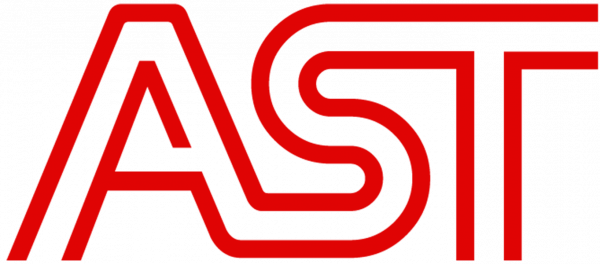The electricity trade border between Latvia and Russia will be opened on the 5th of November
Ensuring the stability of the electricity market, the Latvian-Russian border for electricity imports from Russia to the Baltics will be opened on the 5th of November. The decision was made taking into account the circumstances that the Astravjec nuclear power plant (NPP) in Belarus started operating on Tuesday, 3rd of November, and the Belarus-Lithuania border for electricity imports from third countries to the Baltics was closed in accordance with decisions by Lithuania, according to the notification submitted by the Latvian transmission system operator Augstsprieguma tīkls (AST) notification to the Nord Pool power exchange.
"The aim of the changes in the trade pattern is to ensure the continuity of trade with Russia, and at the same time to prevent the sales of electricity generated in Belarus in the Baltic electricity market. In order to ensure this, commercial supplies of electricity will be transferred from the Belarusian-Lithuanian border to the Latvian-Russian border, as Latvia does not have a common electricity transmission interconnection with Belarus and the Latvian transmission system operator will not cooperate with the transmission system operator of Belarus in exchanging commercial supplies of electricity," more in detail about the opening of electricity trade border explained Mr. Gatis Junghāns, a member of the AST Board.
"In addition to that, in order to comply with the joint decision of the Baltic States not to import electricity from Belarus after the start-up of Astravjec NPP, AST, in accordance with the amendments to the Regulations on Trade and Use of Electricity approved by the Cabinet of Ministers, has requested and received confirmation from the Russian transmission system operator and the Russian statutory import-export monopoly entity. that the electricity supplied across the Russian - Latvian border originates in Russia, " Mr. Junghāns explained.
In order to ensure the transfer of commercial electricity supplies from the Belarusian-Lithuanian border to the Latvian-Russian border, on October 29 the Public Utilities Commission (PUC) supported the capacity calculation methodology jointly developed by all three Baltic electricity transmission system operators, titled "Terms, Conditions and Methodology for Calculation and Allocation of Interconnection Capacity with Russia".
The new capacity calculation methodology presumes that in the future the Belarus-Lithuania interconnection capacity will not be included in the calculation of the total Baltic import capacity, as a result of which the total Baltic import capacity will decrease by 38%.
Today, on November 3, shortly after 11:00, the first electricity generating unit of Astravjec NPP was connected to the grid. Today, the Astravjec NPP generator was operated with a capacity of up to 240 MW. The full capacity of NPP Unit 1 is 1200 MW.
Due to the start-up of the Astravjec NPP, the Lithuanian transmission system operator stopped providing electricity trading opportunities on the Belarusian-Lithuanian border. In turn, tomorrow, November 4, AST will start allocating capacity for trade on the Russian-Latvian border. According to the rules of operation of the electricity exchange, on November 4, by 10:30, the allowable trading capacity will be submitted to the exchange for every hour of the day through the Russian-Latvian border for the electricity supplies to the Baltic market on November the 5th.
